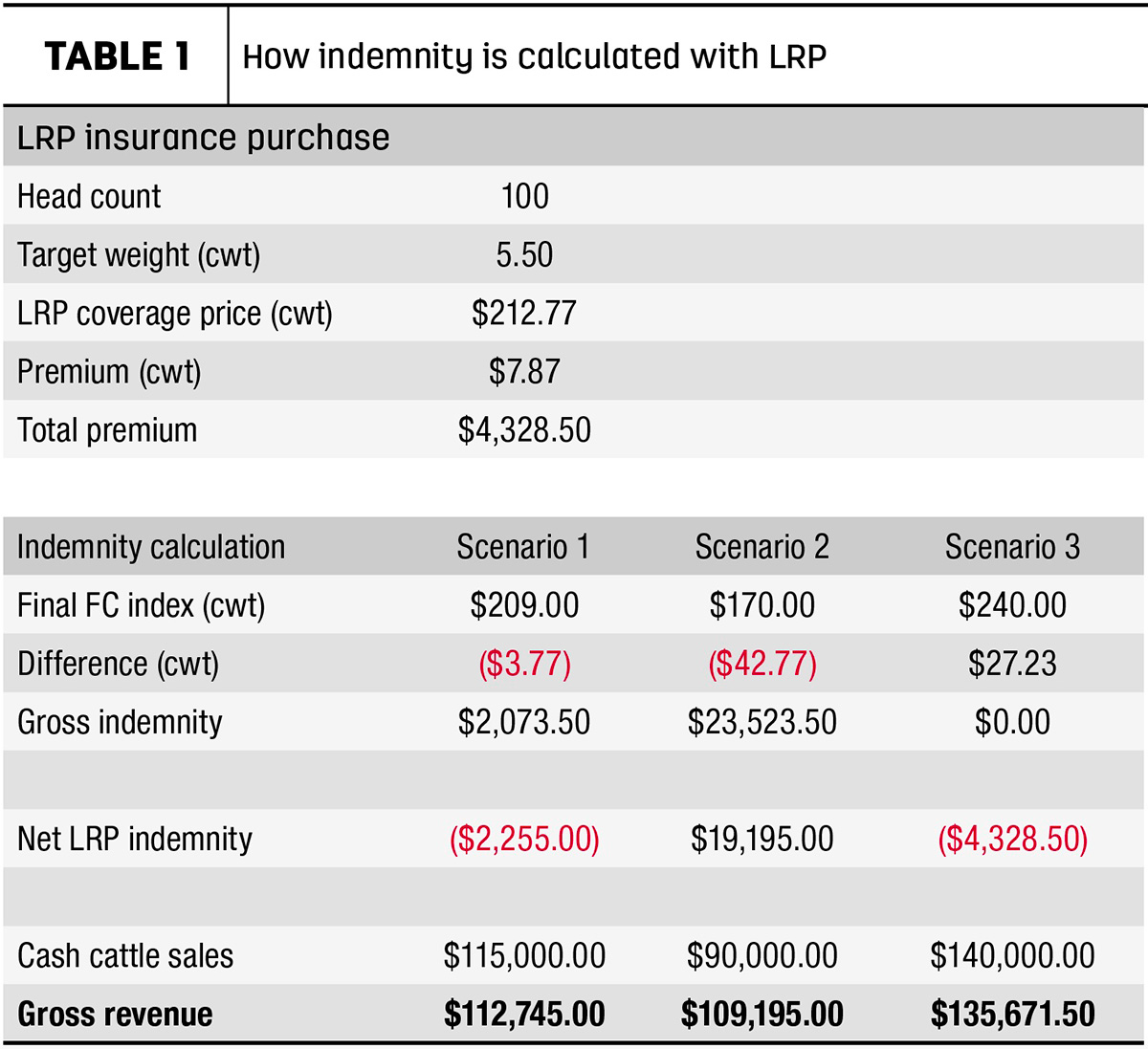Encourage Your Business: Bagley Risk Management Insights
Encourage Your Business: Bagley Risk Management Insights
Blog Article
Recognizing Animals Risk Security (LRP) Insurance: A Comprehensive Overview
Navigating the world of animals threat protection (LRP) insurance can be an intricate venture for many in the agricultural field. From just how LRP insurance policy operates to the different coverage alternatives offered, there is much to reveal in this extensive overview that could potentially shape the way livestock manufacturers come close to danger administration in their organizations.

Exactly How LRP Insurance Coverage Functions
Occasionally, comprehending the technicians of Animals Threat Protection (LRP) insurance coverage can be intricate, however breaking down exactly how it works can provide clearness for farmers and breeders. LRP insurance policy is a threat monitoring device designed to safeguard livestock producers against unexpected price decreases. It's vital to keep in mind that LRP insurance is not an income assurance; rather, it focuses entirely on price danger protection.
Eligibility and Coverage Options

When it comes to insurance coverage choices, LRP insurance policy supplies manufacturers the versatility to select the coverage degree, coverage period, and endorsements that ideal match their risk administration requirements. By recognizing the qualification criteria and insurance coverage options readily available, animals producers can make enlightened decisions to manage danger properly.
Pros and Disadvantages of LRP Insurance Policy
When evaluating Animals Risk Defense (LRP) insurance coverage, it is vital for livestock manufacturers to consider the downsides and benefits integral in this risk monitoring tool.

One of the key advantages of LRP insurance policy is its capacity to give security against a decrease in animals prices. In addition, LRP insurance provides a level of versatility, permitting manufacturers to tailor insurance coverage levels and policy durations to suit their certain requirements.
Nevertheless, there are likewise some drawbacks to think about. One restriction of LRP insurance coverage is that it does not secure versus all kinds of risks, such as disease outbreaks or natural calamities. Costs can sometimes be costly, especially for producers with big animals herds. It is crucial for manufacturers to meticulously examine their private threat direct exposure and monetary situation to determine if LRP insurance coverage is the best risk monitoring device for their operation.
Comprehending LRP Insurance Premiums

Tips for Making Best Use Of LRP Advantages
Making best use of the benefits of Livestock Danger Defense (LRP) insurance coverage requires calculated preparation and positive threat management - Bagley Risk Management. To take advantage of your LRP protection, consider the following pointers:
Regularly Assess Market Conditions: Remain notified concerning market trends and price changes in the livestock industry. By keeping an eye on these variables, you can make educated choices regarding when to acquire LRP coverage to safeguard versus prospective losses.
Establish Realistic Coverage Degrees: When picking insurance coverage levels, consider your manufacturing prices, market value of livestock, and prospective threats - Bagley Risk Management. Setting realistic insurance coverage degrees makes sure that you are properly secured without paying too much for unnecessary insurance policy
Diversify Your Insurance Coverage: Instead of relying entirely on LRP insurance coverage, think about diversifying your risk monitoring techniques. Combining LRP with other danger management tools such as futures contracts or choices can offer extensive coverage against market uncertainties.
Review and Readjust Protection Routinely: As market conditions transform, regularly review your LRP coverage to guarantee it lines up with your current risk direct exposure. Adjusting protection degrees and timing of acquisitions can aid enhance your risk defense approach. By following these suggestions, you can make the most of the advantages of LRP insurance coverage and protect your animals procedure versus unpredicted threats.
Conclusion
To conclude, livestock risk security (LRP) insurance is a useful tool for farmers to take care of the monetary threats related to their animals operations. By comprehending just how LRP functions, qualification and coverage choices, in addition to the pros and cons of this insurance, farmers can make educated decisions to more information shield their incomes. By meticulously thinking about LRP premiums and applying techniques to optimize benefits, farmers can reduce prospective losses and ensure the sustainability of their operations.
Animals manufacturers interested in getting Animals Risk Security (LRP) insurance policy can explore a look at this web-site variety of qualification standards and coverage alternatives customized to their particular livestock operations.When it comes to coverage choices, LRP insurance provides manufacturers the versatility to select the insurance coverage degree, protection duration, and recommendations that best fit their risk administration demands.To comprehend the intricacies of Animals Threat Defense (LRP) insurance coverage completely, recognizing the variables influencing LRP insurance coverage premiums is crucial. LRP insurance premiums are identified by various elements, consisting of the coverage degree picked, the expected cost of livestock at the end of the insurance coverage duration, the kind of animals being guaranteed, and the length of the coverage period.Testimonial and Adjust Insurance Coverage Regularly: As market conditions change, regularly evaluate your LRP protection to guarantee it lines up with your current threat direct exposure.
Report this page